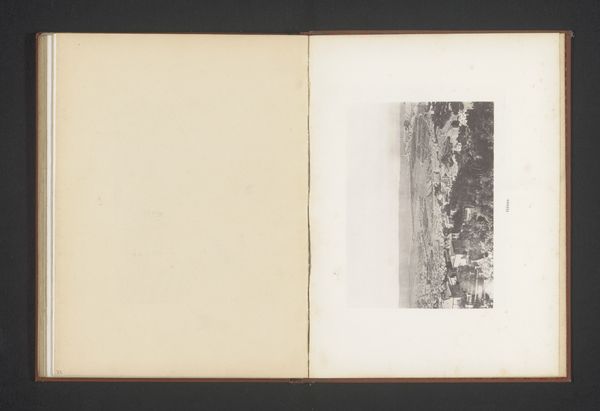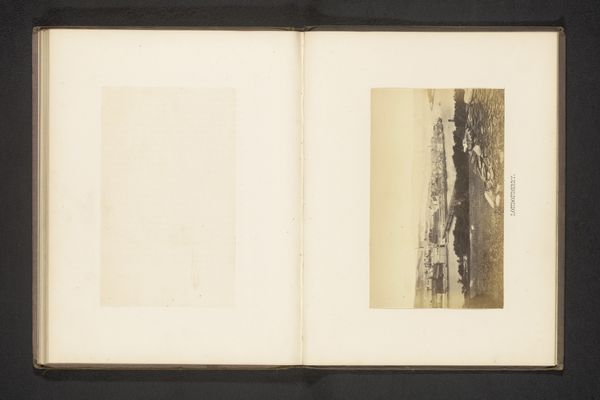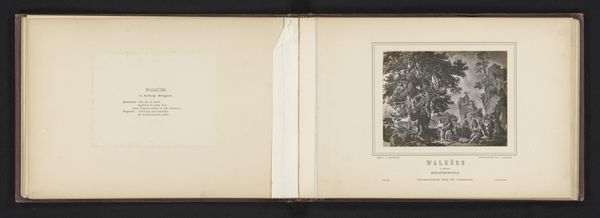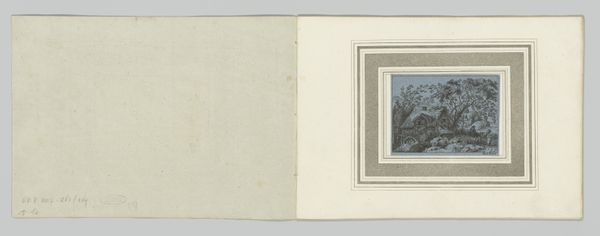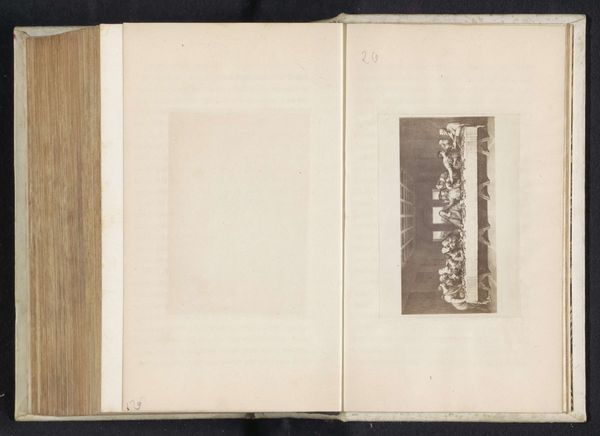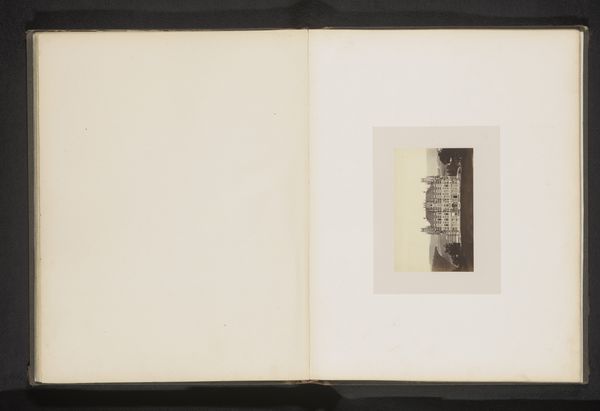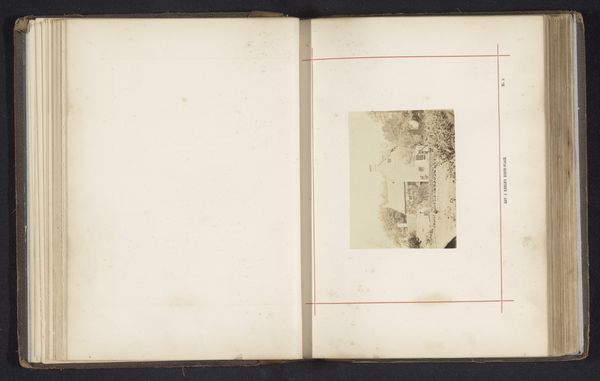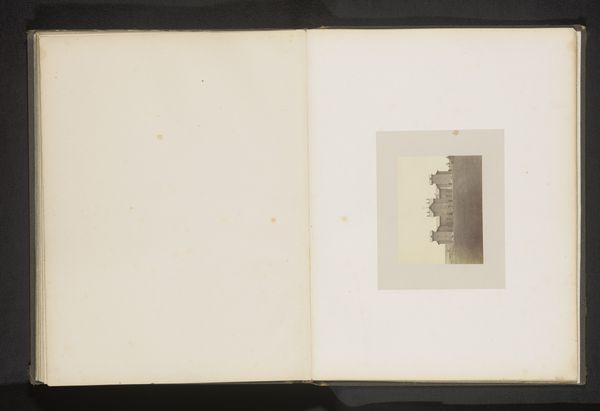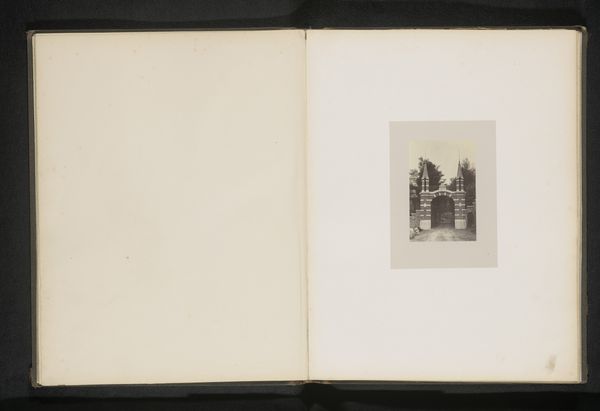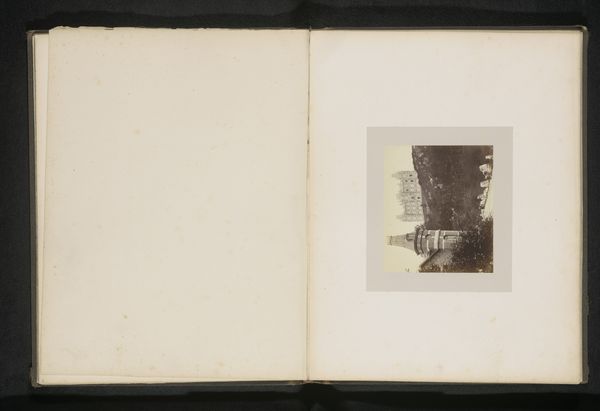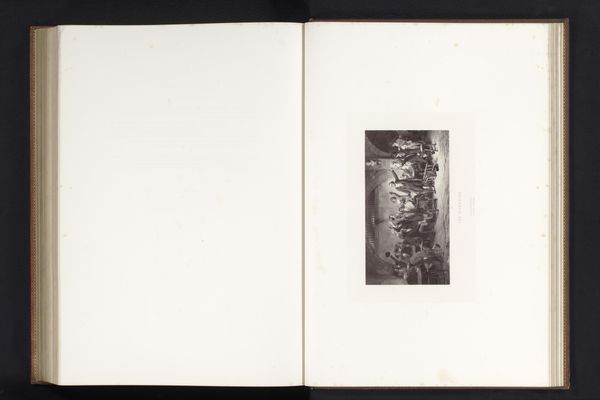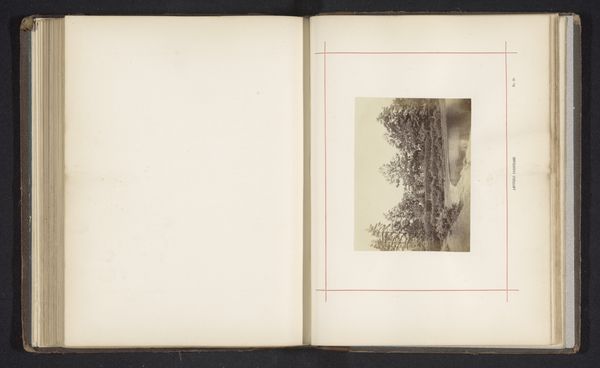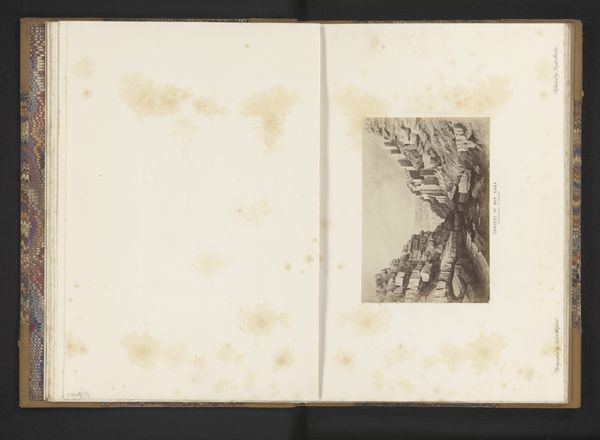
drawing, paper, ink
#
drawing
#
landscape
#
paper
#
ink
#
romanticism
#
cityscape
Dimensions: height 158 mm, width 222 mm, height 64 mm, width 86 mm
Copyright: Rijks Museum: Open Domain
Editor: Here we have Kilian Ponheimer's "Watermolen," an ink drawing on paper, made sometime between 1772 and 1828. I'm struck by how contained and presented it is, almost like a carefully preserved memory. How do you see this work fitting into the artistic and social context of its time? Curator: That sense of preservation you’re picking up on is key. The late 18th and early 19th centuries witnessed a growing fascination with the picturesque, and an idealization of rural life, but through rose tinted glasses. These images were also commodities. Did the burgeoning art market have a hand in how and why artists chose to create scenes like this one? Editor: So, it's not just a charming scene; it's a commentary, perhaps? The placement of this watermill in an idealized nature setting, framed so neatly… It feels constructed. Curator: Precisely. Consider the role of the burgeoning middle class and their consumption of art. Landscape art allowed a vicarious ownership, offering glimpses of an unspoiled, idealized countryside in the face of rapid urbanization. Ponheimer is almost selling them an emotion rather than reality. What do you think this means for how people perceived and valued these kinds of places in real life? Editor: That makes so much sense. It wasn’t necessarily about representing the watermill itself but about evoking certain feelings of longing and maybe a retreat to innocence that society may never had. Almost like these ink and paper dreams were the thing people truly desired. Thank you, that shift in perspective really makes me think about art’s societal role and the image-making business even back then. Curator: Absolutely. Seeing art as a mirror reflecting and shaping our world is an invaluable lens. I learned something new, thinking more closely about how an emotional experience may impact our expectations of real life places and communities.
Comments
No comments
Be the first to comment and join the conversation on the ultimate creative platform.
